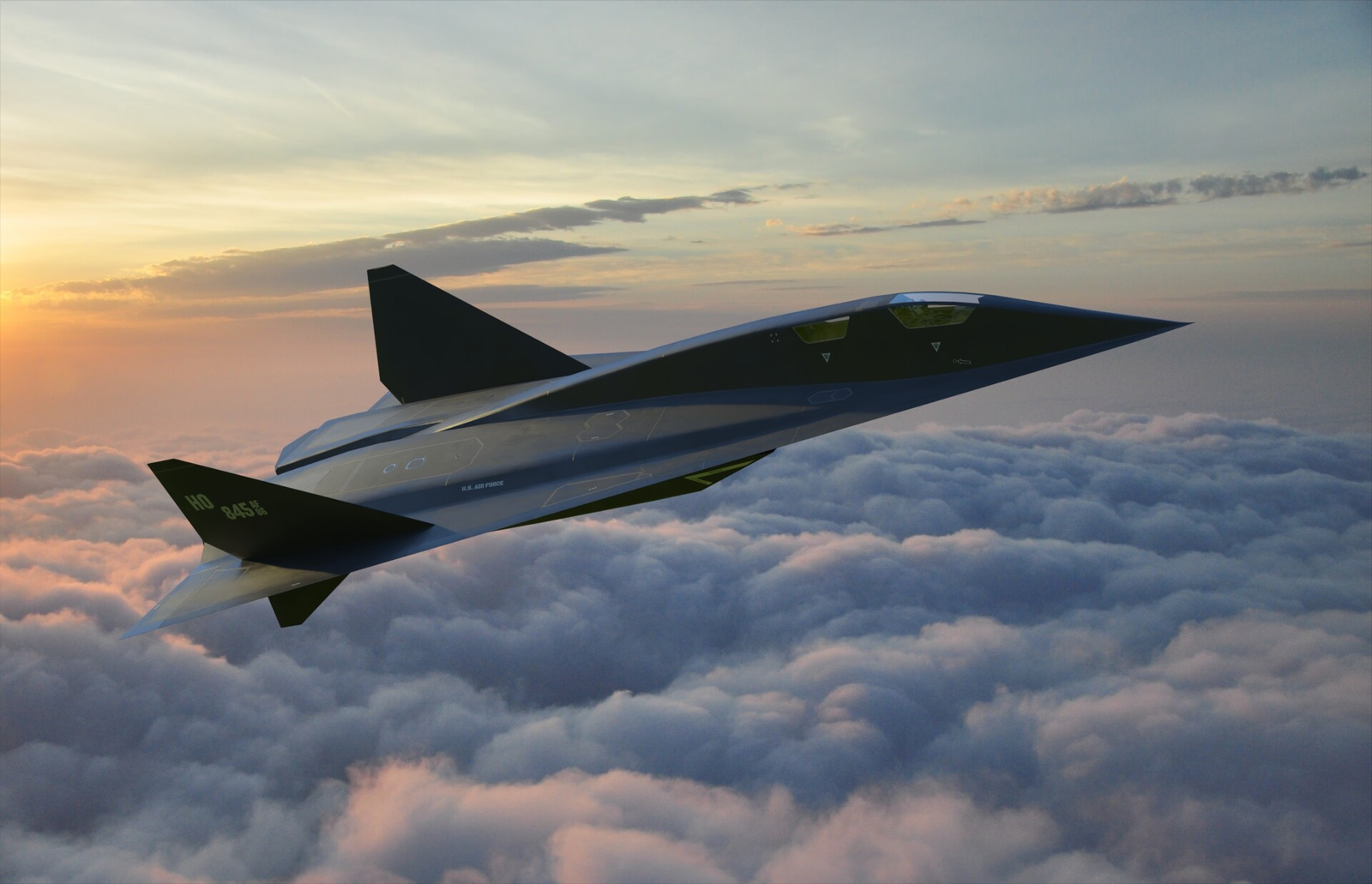
The SR-91 Aurora is aviation’s favorite ghost story—a shadowy legend that refuses to fade, no matter how many experts insist it never existed. For nearly four decades, defense watchers, aviation enthusiasts, and even a few seasoned analysts have swapped stories about a top-secret, hypersonic spy plane said to outrun anything else in the sky. But where did the tale begin, and why does it still grip imaginations today?

The rumors began in the mid-1980s, at the height of the Cold War, when the U.S. was continuing to invest vast sums in advanced military programs. In 1985, a strange line item emerged in a Department of Defense budget: “Aurora,” and a whopping $455 million for “black aircraft production.”

That one, enigmatic line was enough to get the rumor mill burning. The SR-71 Blackbird was heading for retirement, and everyone figured the Pentagon had to be working on a replacement in stealth—something faster, higher, and longer-ranging than there had ever been.

Then there were the booms. Southern Californians in the early 1990s started hearing short, inexplicable sonic thumps. Seismic detectors detected them, too, and their signals didn’t correspond to any recognized aircraft.

Jim Mori, a seismologist at the U.S. Geological Survey of Caltech, could do no more than establish that something was “moving through the air at several times the speed of sound in a northeasterly direction generally.” Throw in a few offbeat reports—such as an oil engineer who claimed to have glimpsed an unusual aircraft refueling over the North Sea in 1989—and the legend grew.

Satellite imagery only fueled the fascination. Hazy photos of Groom Lake (also known as Area 51) and other off-limits facilities appeared to suggest unusual aircraft geometries. Triangular or delta-wing aircraft were reported by witnesses, sometimes producing contrails that resembled “donuts on a rope,” which some said was the signature of an exotic propulsion system.

Few contributed more to fuel the fire than aviation reporter Bill Sweetman. He reported seeing “Aurora” for the first time in a 1986 Pentagon budget document, sandwiched between mentions of the U-2 and SR-71.

Sweetman pictured a streamlined, dart-shaped aircraft roughly 80–90 feet long—just shorter than a Boeing 737—designed for hypersonic cruise between Mach 5 and Mach 8 at altitudes greater than 100,000 feet.

It would, theoretically, fly 5,000 miles on one tank, its exotic “combined-cycle” engines sucking up sub-zero liquid methane to keep the airframe from incinerating on the heat of such velocities.

But for all the conjecture, there’s one glaring issue: no tangible evidence. No leaked photographs, no fragments of wreckage, no declassified files. That silence is r, revealing, particularly previously secret jets such as the F-117 Nighthawk and B-2 Spirit eventually made their debut in public life, complete with technical specifications.

As defense journalist Isaac Seitz has pointed out, the U.S. military late in the ’80s and early ’90s was seriously strapped for budget, so it’s unlikely that such an enormous program would have been conceived and tested completely in the dark.

Technological reality pours more cold water on the theory. Hypersonic flight is still one of aerospace’s greatest engineering challenges, requiring radical breakthroughs in material science, heat shielding, and propulsion.

Even now, with several additional more of research, genuine hypersonic aircraft are still in the experimental phase. The idea that America had a working Mach 5+ spy plane during the Reagan or early Clinton decades strains credulity.

Nevertheless, the myth persists. Some of that resilience is due to the cloak-and-dagger nature of U.S. aerospace projects. The F–failed for years. And according to Ben Rich, a former head of Lockheed’s Skunk Works, “Aurora” wasn’t even a plane—it was merely a budgetary code name for a B-2 program element. All of the “mystery” booms and contrails can be explained as easily by known aircraft or other test craft.

Born out of a misinterpreted budget line, a mistaken identity, or an intentional smokescreen, the SR-91 Aurora has solidified itself as the spy plane that didn’t quite fly. It’s evidence that in the clandestine world of military aviation, rumor can travel faster and farther than an airplane, real or imagined.
